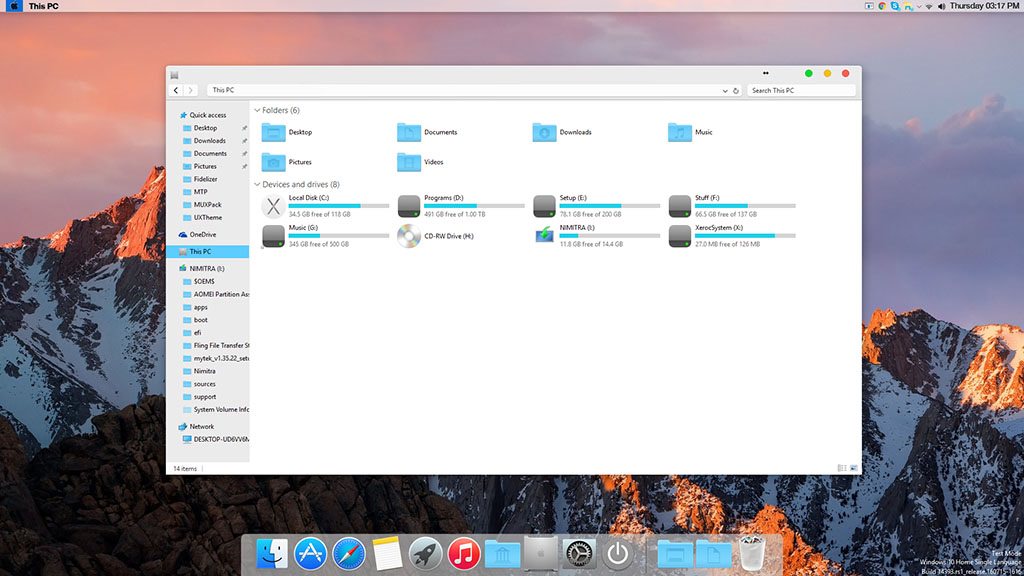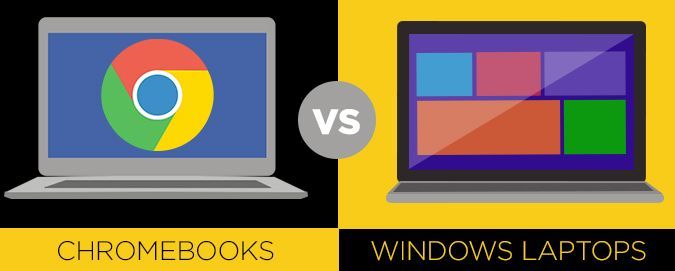Windows 10 is coming hard on the heels of the failure of Windows 8, offering further reasons for Windows PC and laptop users to look to move to a Mac. Bookmark File PDF Mac Os Guide For Windows Users Desktop How to Convert Windows 10 OS into MAC OS. 10 incredibly useful Mac keyboard shortcuts you should be using First 12 Things I Do to Setup a MacBook: Apps, Settings u0026 Tips VoiceOver Screen-reader on the Mac - Getting Started Part 1 10 Ways Mac OS is just BETTER macOS Tutorial.
Today’s release of macOS Catalina may reduce complaints from Mac iTunes users regarding Apple’s famously bloated media management and playback app, but for Windows users, the misery appears set to go on indefinitely. Sixteen years after iTunes debuted on PCs — a gesture then-Apple CEO Steve Jobs likened to “giving a glass of ice water to somebody in hell” — the app shows no sign of leaving Microsoft’s platform, where it’s continuing to infuriate PC customers.



While Apple officially updated its iTunes webpage today to steer Mac users toward macOS Catalina, which deprecates iTunes in favor of Finder-based device backup tools and separate media apps, Windows users are presented with three choices: standard 64-bit and 32-bit Windows apps, plus a Microsoft Store version built for Windows 10 S mode devices. While the former two links lead directly to iTunes downloads, the Microsoft Store includes an app landing page with mostly negative reviews: 46% of responding Store users rated iTunes with only one star.
User complaints run the gamut from a lack of regular updates to problems with stability, settings, multi-device synchronization, and creating ringtones. “This is a nightmare,” says one highly ranked review from September. “It’s glitchy, it might scroll, it’ll probably crash. If it responds it’s slow. And it’s largely by design. Don’t bother to complain, they don’t care. They’re not going to fix this — they want you to buy a Mac.”

:no_upscale()/cdn.vox-cdn.com/uploads/chorus_image/image/65620008/outlookformac2019.0.jpg)
More recent gripes from users blast iTunes for problems with app activation and bricking connected devices during updates, requiring visits to the Apple Store. Multiple reviewers note their disbelief that the app works so poorly — the opposite of Apple’s early intent with iTunes, which was supposed to help lure PC customers to try Apple devices by demonstrating their ease of use and reliability compared with the Windows environment. Instead, Microsoft Store users claim to be giving up their Apple devices and services such as Apple Music as a result of bad iTunes interactions.
Whether such complaints are wholly valid, partially due to third-party (antivirus) software, or just sour grapes is up for debate. But Apple clearly hasn’t abandoned the Windows platform despite claims of irregular updates. The current version of iTunes is 12.10.0.7, which debuted in September 2019 to support updating of iPhones, iPads, and the seventh-generation iPod touch to iOS/iPadOS 13. Moreover, it’s not exactly surprising that the app features artwork (shown above) of a MacBook Pro rather than a rival machine such as a Microsoft Surface laptop or tablet.
iTunes might continue to be updated on Windows well past its expiration date on Macs. Apple said back at WWDC that it was keeping iTunes around for Windows, and had nothing to announce regarding the end of support for that platform. That said, Apple has already released an Apple Music app for Android and permitted an Apple TV app to debut on Samsung Smart TVs, which means that PC users might see iTunes split up simply to generate Windows demand for Apple subscription services — Apple Music, Apple TV+, Apple News+, and Apple Arcade in declining order of likelihood.
Windows 10 Or Mac Os For Desktop Users Reviews
Until and unless that happens, Apple is continuing to support iTunes for Windows with a dedicated discussion community, plus an archive of legacy releases for pre-Windows 10 machines. And rather than killing the Mac app outright, it’s keeping iTunes 12.8.2 and at least one older version alive as skeletons for users who can’t or don’t want to upgrade to macOS Catalina. Those versions run on macOS 10.10 Yosemite and newer releases prior to Catalina.
